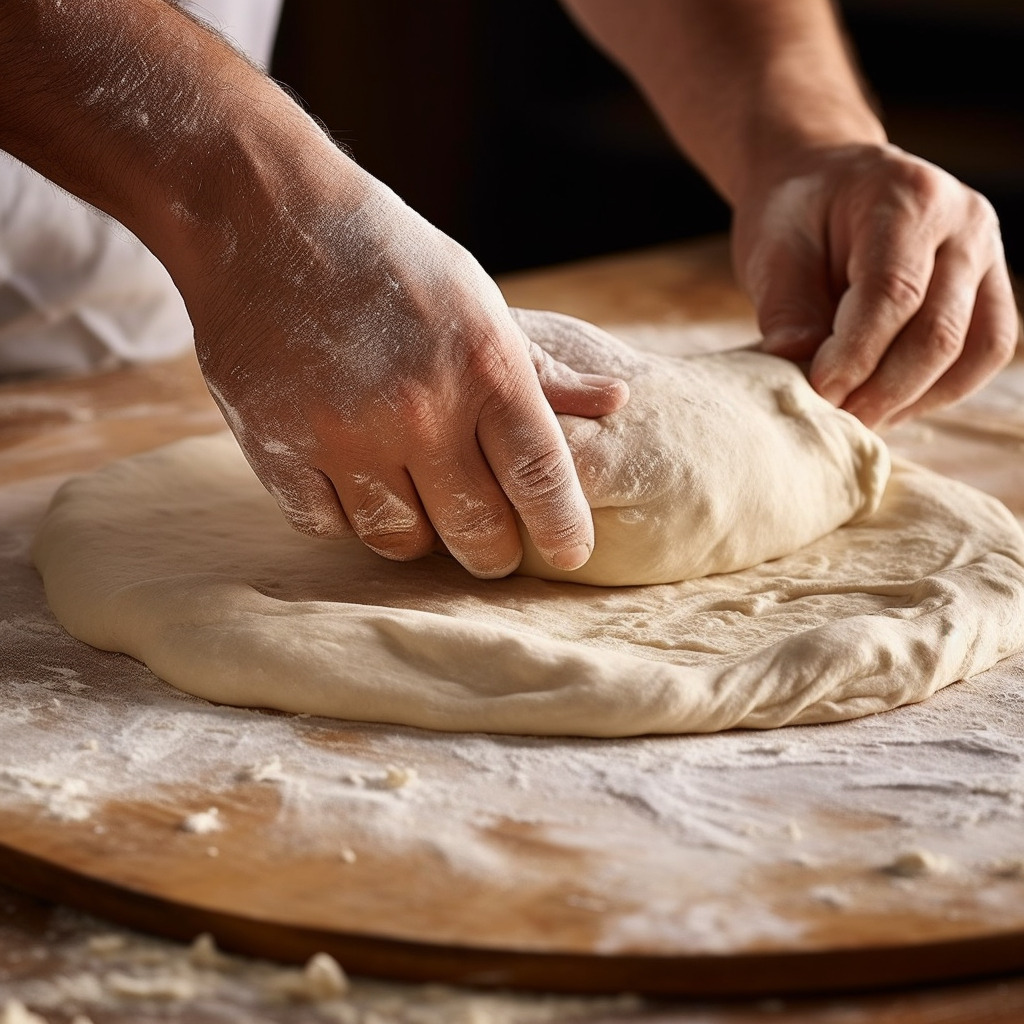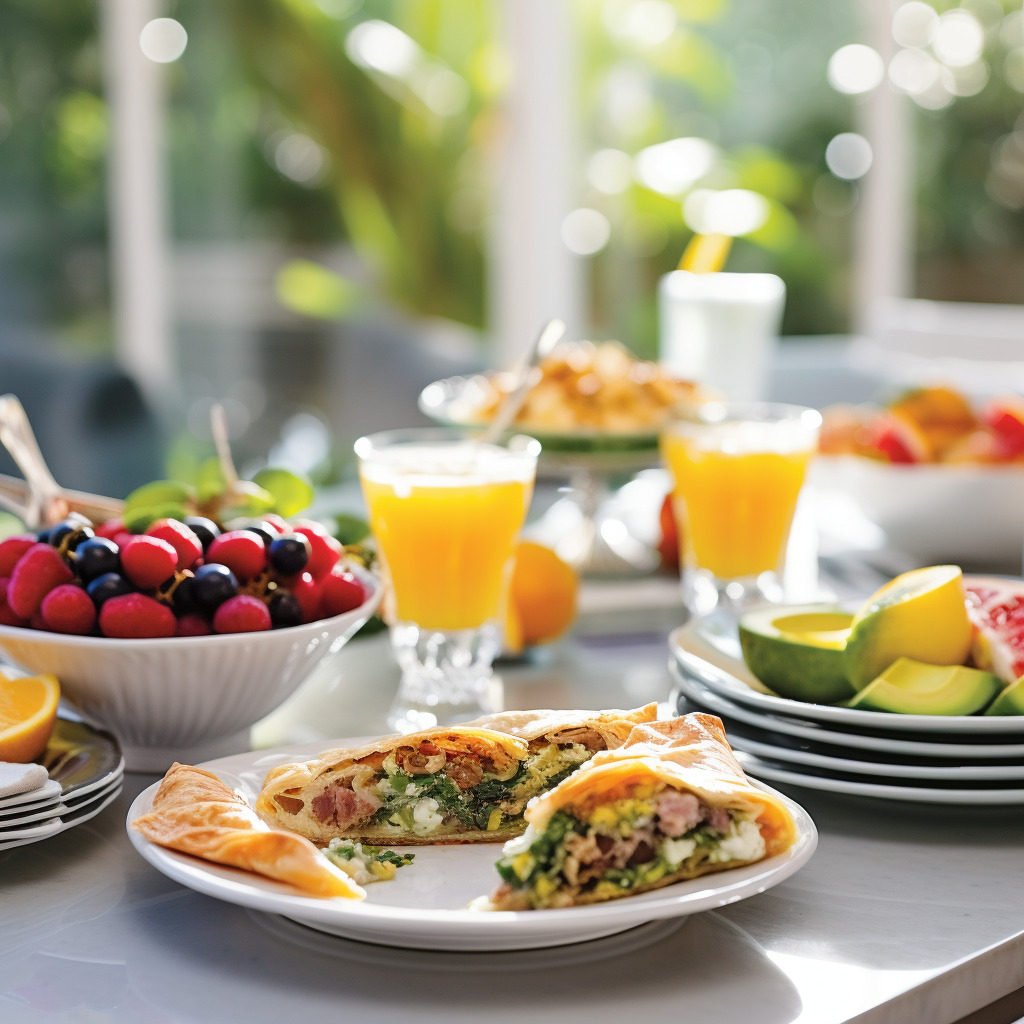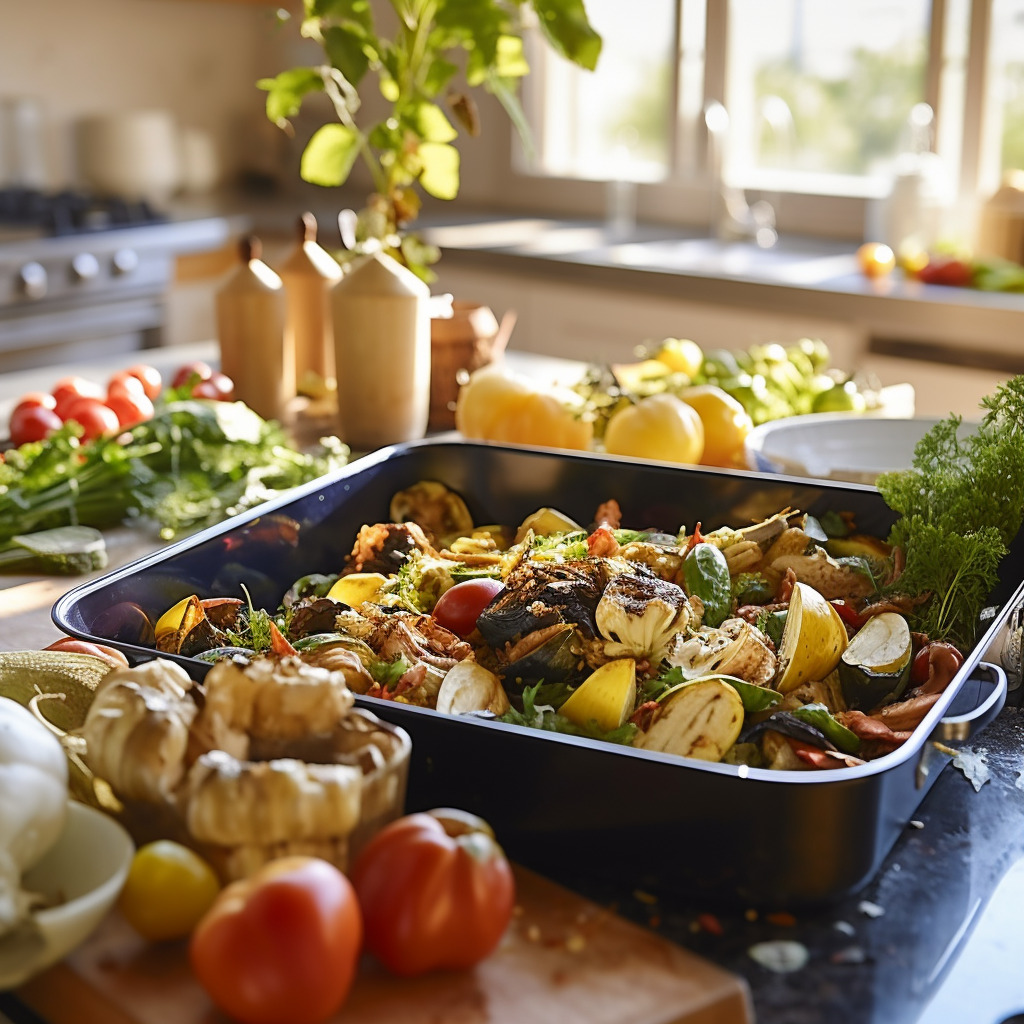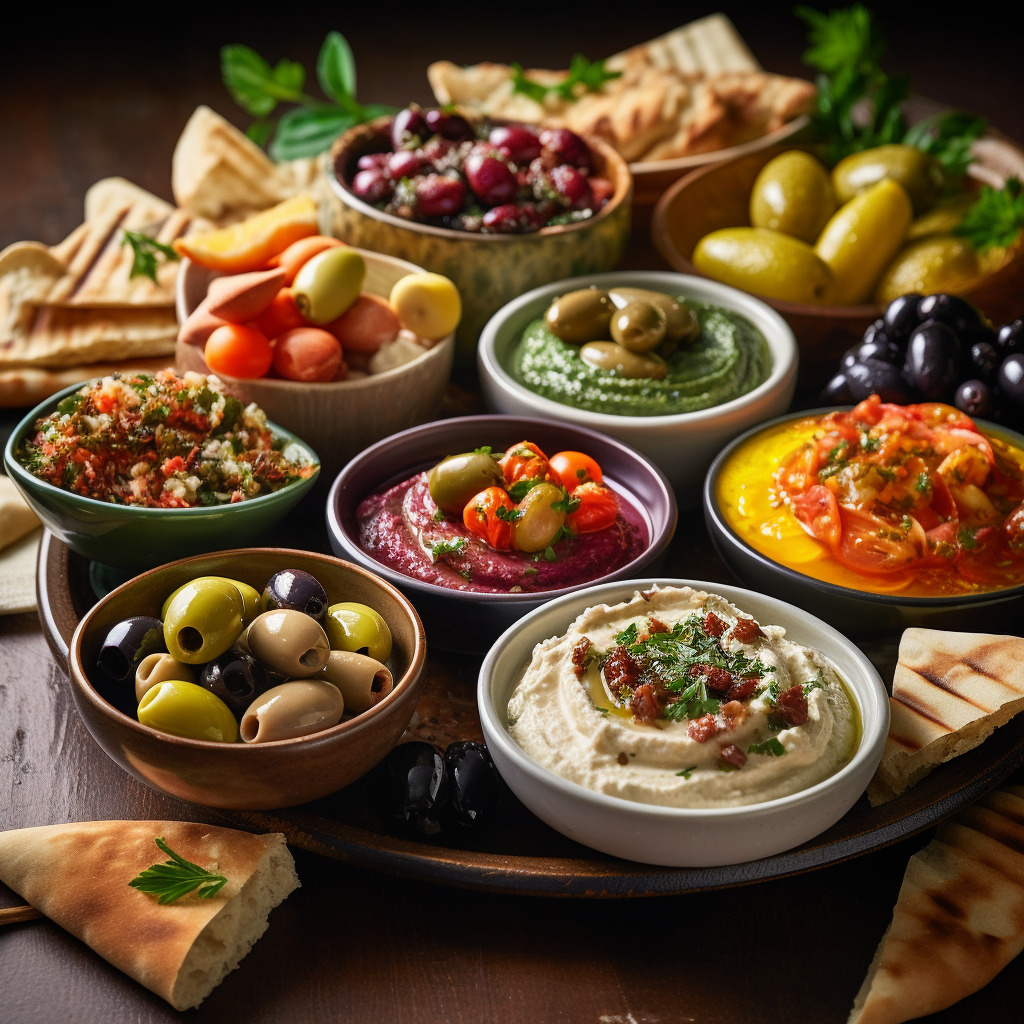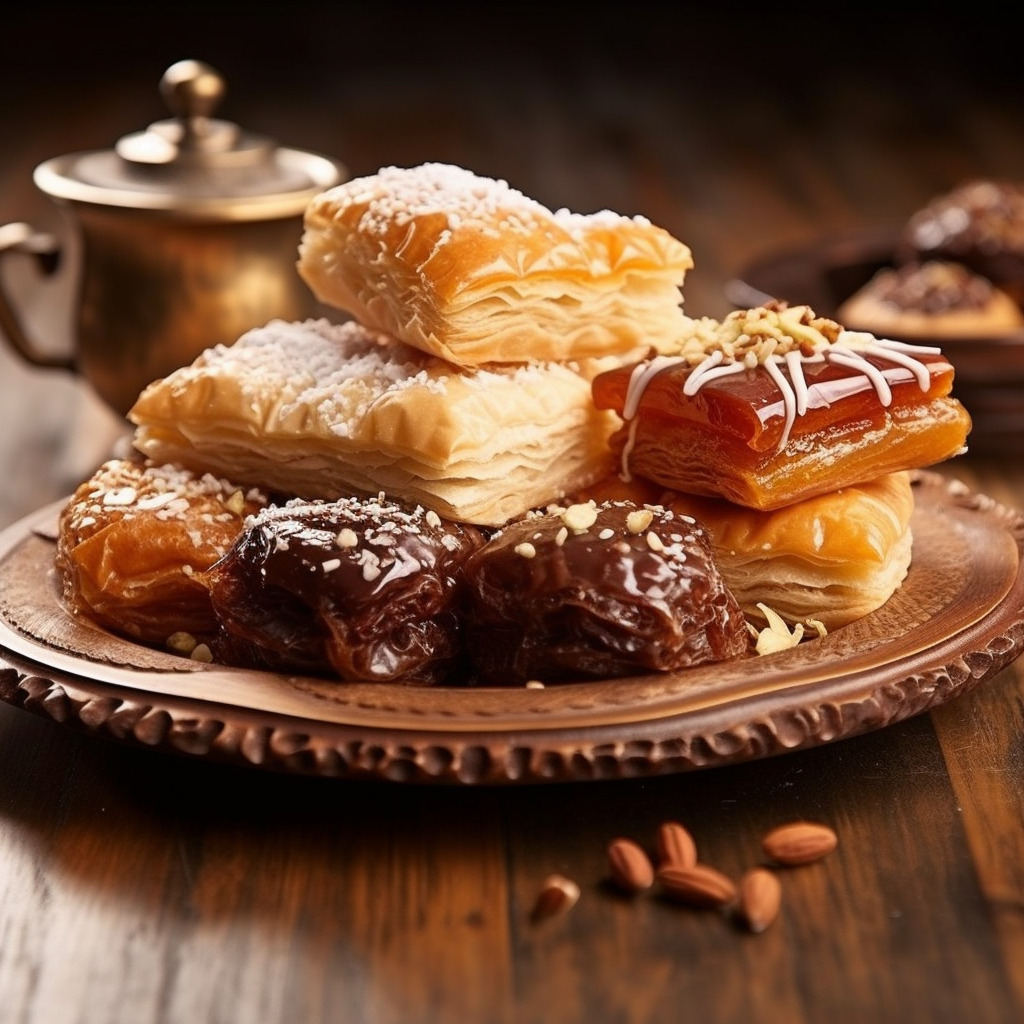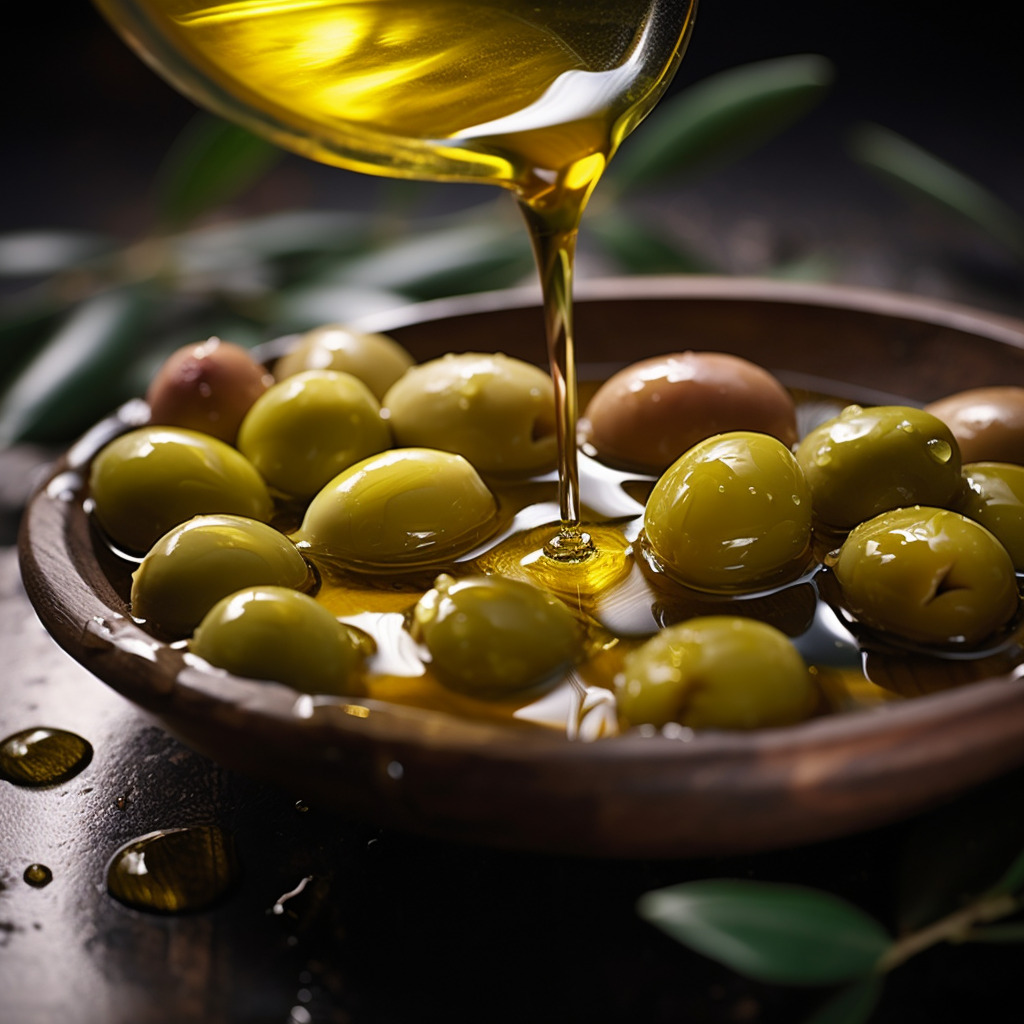As we traverse through the global culinary landscape, one bread stands out for its soft texture and universal appeal — the pita. This journey offers an immersive exploration into how to make pita bread and understanding where did pita bread come from. So, let’s venture forth into the realm of pita bread, an emblem of communal eating and an ode to the simple joys of cooking.
Pita bread, an integral part of the Middle Eastern culinary repertoire, offers a testament to age-old traditional recipes that have captured our hearts and tantalized our taste buds over centuries. Today, we will uncover the secrets behind this global staple and learn about its rich heritage.
Pita, much like most culinary innovations, was born out of necessity. Its roots trace back to prehistoric West Asia, where nomadic groups developed an uncomplicated bread baking process that required minimal utensils — the very essence of where did pita bread come from.
But as we turn the page of history and return to our modern kitchen, we ask the inevitable — how to make pita bread? The answer lies within the simplicity of the ingredients and the mastery of the technique, a delightful intersection of global cooking techniques.
To make pita, a harmony of staple ingredients is required: flour, water, yeast, and a touch of salt. The journey from dough to bread is a culinary ballet of heat and moisture. As the flat rounds of dough hit the hot oven, the water inside them swiftly turns to steam, causing the bread to puff. As they cool, they flatten, but the pocket remains, a perfect nest for flavorful fillings.
Now, as you immerse yourself in the art of making pita, you are not just kneading dough but are also connecting with the cultural significance of food. Pita bread is a symbol of shared meals, a vessel for community and culture, and a testament to human ingenuity. It serves as a humble reminder that the table is not merely a place to eat, but also to share, to belong, and to welcome.
Through the understanding of how to make pita bread and the exploration of its origin, you’re not just gaining a recipe – you are becoming a part of an age-old tradition that extends beyond the kitchen. You are engaging in a dialogue with generations past, acknowledging the shared love for food that unites us all.
So, the next time you bite into a fluffy piece of pita, remember that you’re not just savoring a bread — you’re experiencing history, culture, and the universal language of food. As the warmth of the freshly baked pita fills your senses, may it also fill you with a deeper appreciation of the humble origins and grand journey of this beloved bread.
As our journey comes to an end, may the charm of pita bread, its story, and the understanding of how to make pita bread inspire you to take on more culinary adventures. After all, through food, we not only feed our bodies, but we also nourish our souls and connect with the world.
Greek-Inspired Brunch: A Feast Fit for the Gods
Sustainable Cooking: Reducing Waste in Your Greek Kitchen
Captivating Greek Wines: Toasting to Ancient Vines
Meze Madness: The Art of Greek Appetizers
Mouthwatering Greek Desserts: Beyond Baklava
The Ultimate Guide to Greek Olive Oil: Liquid Gold in Your Kitchen
Copyright © 2023 www.gyroshousetx.com
720 W Division St, Arlington, TX 76012
(817) 460-4824
